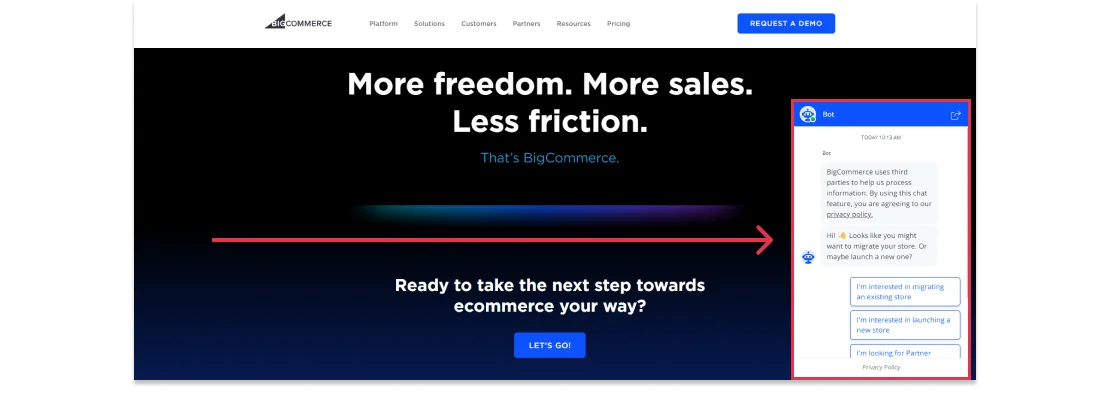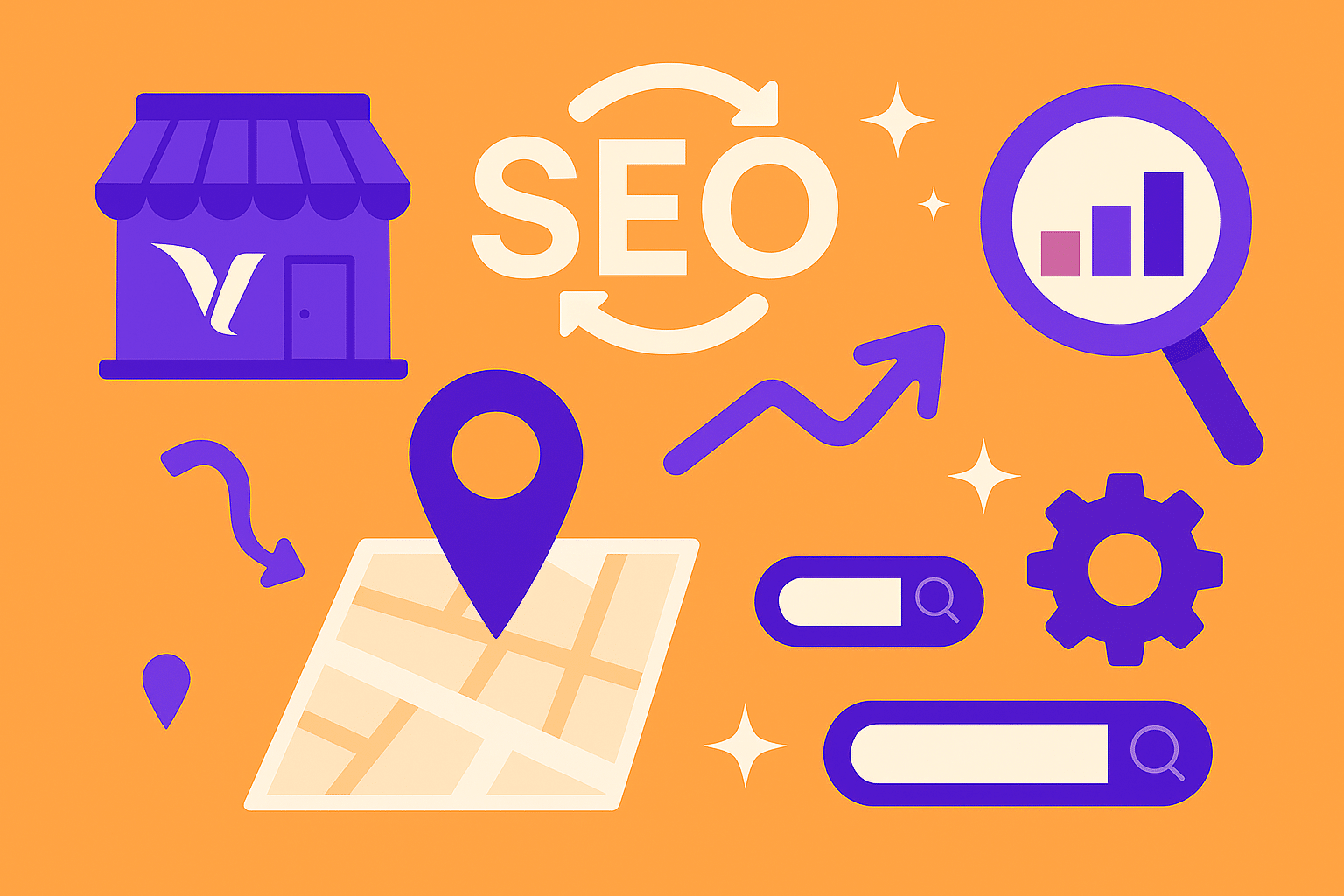The digital landscape is evolving at an unprecedented pace. Consequently, 2025 promises to be a watershed year for web development. Building on last year’s revolutionary advances, today’s web developers now have access to powerful new tools. These innovations enable more creative, efficient, and visually stunning web experiences. Moreover, this momentum shows no signs of slowing. As a result, businesses have remarkable opportunities to elevate their digital presence.
In this comprehensive guide, we’ll explore the most transformative web development trends for 2025. Furthermore, we’ll provide actionable insights for businesses, developers, and eCommerce leaders seeking to stay ahead of the curve.
AI and Machine Learning: The New Foundation of Modern Web Development
Artificial intelligence and machine learning have fundamentally transformed web development. Additionally, their influence will reach new heights in 2025. These technologies now go far beyond simple automation. Instead, they’re enabling predictive analytics, hyper-personalized user experiences, and intelligent design systems that adapt in real-time.
For example, AI-powered design tools like Figma and Adobe XD now intelligently recommend optimal layouts and color palettes. Similarly, they suggest responsive design configurations based on user data. Meanwhile, advanced machine learning algorithms continuously optimize navigation flows. They also predict user intent and automatically adjust content delivery. For eCommerce businesses, these capabilities translate directly into improved customer journeys. As a result, businesses see higher conversion rates.
Therefore, businesses that strategically integrate AI-driven web development will create exceptional websites. These sites won’t just be visually compelling. Rather, they’ll be intelligently adaptive, deeply functional, and genuinely user-centric.
Progressive Web Apps (PWAs): Bridging the Gap Between Web and Mobile
Progressive Web Apps represent the perfect fusion of traditional websites and native mobile applications. They deliver a seamless app-like experience without requiring downloads or installations. These cutting-edge web applications are lightning-fast and incredibly reliable. Furthermore, they function flawlessly even in offline mode. This makes them essential in our increasingly mobile-first digital ecosystem.
Take Starbucks as a compelling case study. Their innovative PWA empowers customers to browse menus and customize orders. Remarkably, customers can even place orders while completely offline. When connectivity resumes, the system seamlessly processes the order. This creates a frictionless experience that has become a cornerstone of their digital customer engagement strategy.

Example of Starbucks Progressive Web App delivering seamless mobile experience
As mobile device usage continues its upward trajectory, businesses investing in PWA technology are witnessing dramatic improvements. Specifically, they see better user engagement metrics and substantially higher conversion rates. Whether powering next-generation eCommerce platforms or service-oriented applications, PWAs offer a cost-effective solution. Ultimately, they deliver exceptional user experiences across all devices.
Intelligent Chatbots: Transforming Customer Engagement and Support
In 2025, AI-powered chatbots are fundamentally revolutionizing how businesses connect with their audiences. Today’s sophisticated conversational AI provides round-the-clock support and delivers instant assistance. Moreover, it offers personalized product recommendations that rival human expertise. This technology dramatically reduces response times and enhances customer satisfaction scores. Consequently, human agents can focus on complex, high-value interactions.

BigCommerce intelligent chatbot providing personalized customer support
Modern enterprise-grade chatbots transcend basic FAQ responses. Instead, they handle sophisticated product inquiries and deliver tailored shopping recommendations. Additionally, they process complex transactions and even predict customer needs before they’re articulated. For eCommerce platforms, integrating advanced chatbots can streamline the entire buyer journey. As a result, businesses significantly reduce cart abandonment rates and drive measurable revenue growth.
As chatbot technology evolves, businesses must prioritize seamless platform integration. Furthermore, they should maintain a natural conversational tone to create truly engaging customer interactions. The result is a more responsive, efficient, and intelligent customer support ecosystem that scales effortlessly.
Frictionless Commerce: One-Click Checkout Optimization
One-click checkout technology has evolved significantly. It has moved from a competitive advantage to an absolute necessity for eCommerce success in 2025. This streamlined purchasing process enables customers to complete transactions with a single interaction. Therefore, it eliminates friction points and dramatically boosts conversion rates.
Leading payment solutions like PayPal, Apple Pay, and Shop Pay now offer exceptional experiences. They provide secure, lightning-fast payment experiences that customers have come to expect. Developers implementing these integrated payment solutions empower businesses to achieve substantially higher sales volumes. Meanwhile, they dramatically reduce cart abandonment rates.
The friction-free checkout experience isn’t just convenient. Rather, it’s a critical factor in competitive differentiation and customer retention in today’s fast-paced digital marketplace.
Voice Search Optimization: Preparing for the Conversational Web
Voice search has evolved from an emerging technology to a fundamental aspect of web interaction. As smart speakers, voice assistants, and voice-enabled devices become ubiquitous, optimizing websites for voice queries will be mission-critical in 2025.
Forward-thinking developers are now focusing on conversational keywords and natural language processing. Additionally, they’re implementing question-based content structures. This strategic approach ensures content aligns with how people naturally speak. In contrast, traditional content focused on typed search queries. Businesses embracing voice search optimization early will capture a rapidly expanding audience. Consequently, they’ll establish dominant positions in this transformative search paradigm.
The shift toward voice-activated interfaces represents more than just a new input method. Indeed, it’s a fundamental reimagining of how users discover and interact with digital content.
Headless CMS Architecture: Maximum Flexibility for Omnichannel Excellence
Headless Content Management Systems are revolutionizing how organizations manage and distribute digital content. By decoupling the back-end content repository from the front-end presentation layer, headless CMS platforms provide developers with unprecedented flexibility. As a result, they can craft customized user experiences across unlimited channels and devices.
In 2025, headless CMS adoption will accelerate as businesses prioritize sophisticated omnichannel strategies. Whether integrating with Progressive Web Apps, voice search platforms, IoT devices, or emerging technologies, headless architecture ensures consistent results. Specifically, it delivers engaging content across every touchpoint in the customer journey.
This architectural approach transforms content from a static asset into a dynamic, API-driven resource that can be deployed anywhere, anytime, on any platform. Ultimately, this makes it the ideal solution for future-proof digital experiences.
Conclusion: Embracing the Future of Web Development
The web development landscape of 2025 demands innovation, adaptability, and an unwavering commitment to user-centric design principles. From harnessing the power of AI and machine learning to implementing Progressive Web Apps, businesses must embrace change. Additionally, optimizing for voice search and adopting headless CMS architectures are essential. Therefore, businesses that embrace these transformative trends will not merely survive. Instead, they’ll thrive in an increasingly competitive digital ecosystem.
At MAKDigital, we remain at the forefront of web development innovation. We partner with forward-thinking businesses to implement cutting-edge digital strategies. Whether you’re looking to integrate frictionless one-click checkout, optimize for the voice-first web, or build a sustainable online presence, we’re here to help. Our team of experts is ready to guide your journey. Contact us today to future-proof your digital presence. Together, we’ll elevate your eCommerce performance to unprecedented levels.

 Eashan Mehta
Eashan Mehta





